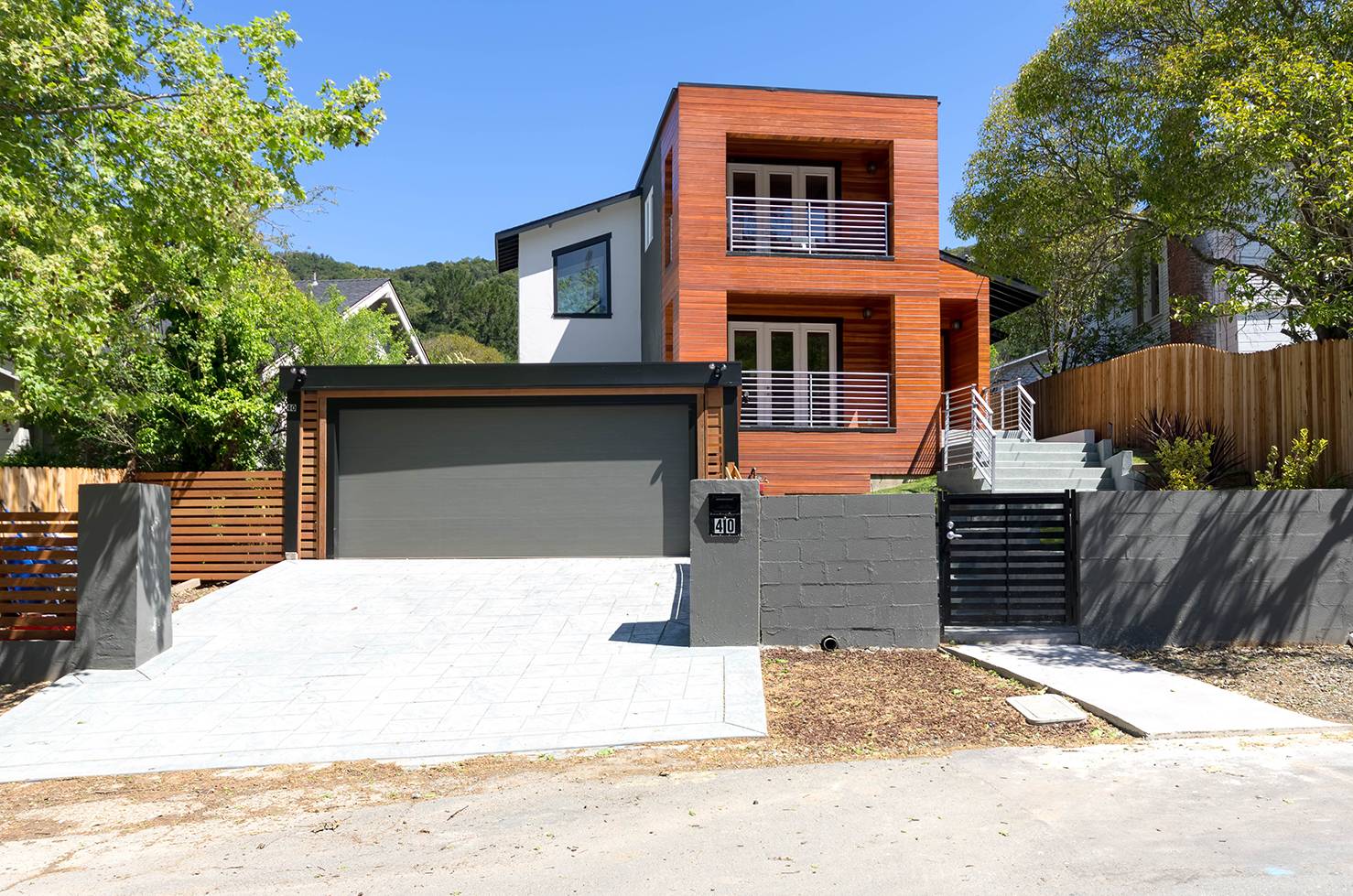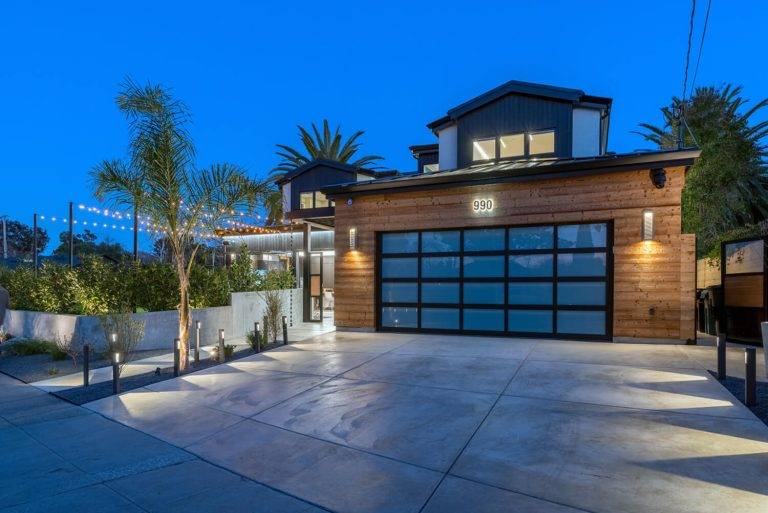Green Building – Using Sustainable Building Materials & How They Affect The Environment

You may think that modern buildings are waste-free and environmentally friendly. But until the year 1980, it was common practice to use inherently non-sustainable building materials. It wasn’t until the late 1980s that the sustainable building concept started to be slightly incorporated into the design.
This was a time when everything from carpeting to kitchen cabinets was being made from recycled materials or genuine woods such as mahogany and cedar. The story of how these changes in design occurred is fascinating, but it doesn’t really matter much because now options are abundant for environmentally conscious building materials available nowadays.
What does matter: is how using sustainable building materials can positively affect not only your own life but also the lives of others around you! The environment and natural resources are essential to sustaining life. Here is a small overview of the benefits and sustainability associated with using green and eco-friendly building materials.
Importance Of Green Construction Materials
We are all aware that building materials affect the environment, right? Building a sustainable construction is not just about making your adobe more energy-efficient and environmentally friendly, but also about lowering your carbon footprint on the planet. As builders and designers, we are responsible for protecting our environment.
Building materials that don’t contribute to pollution are essential in making a difference. Sustainable building methods help us reduce the carbon emissions and fuel use from our products without putting additional strain on nature. Instead of using toxic substances that contribute to environmental pollution, we must go for green materials such as wood or bamboo.
These materials and green building processes are designed to minimize the impact on the environment. For example, using recycled materials reduces the need for raw material extraction and processing. Using energy-efficient technologies helps to lower operating costs and lower impacts on the environment too.
Qualities That Make Sustainable Construction Materials Different
Locally Sourced Supplies
Using locally grown materials reduces the environmental impact of production. Using locally sourced construction materials limits the project’s carbon footprint and therefore its environmental impacts, too. Local production also means less time and money spent transporting goods around the globe. Locally grown and sourced construction material also reduces dependence on fossil fuels for transport and synthetic raw materials, which eventually has positive environmental effects.
Recyclable Materials
Recyclable materials are becoming an essential component of buildings. This is because recycling is environmentally responsible and sustainable. The benefits of using recycled materials include creating less waste, saving money, and conserving resources. For example, steel slags and cement kiln dust can also be utilized in concrete mixtures. Rice husk ash can be used as an additive to soil to help prevent erosion, and silica fume can be used inside construction projects as a substitute for ordinary sand. RAP and recycled asphalt shingles can both be used as roofing materials.
Eco-Friendly Manufacturing
Green manufacturing of construction materials using recycled wood, cardboard, and other types of waste material. A large percentage of the plastic found around us comes from ocean pollution. Therefore, using 100% recycled plastics and polyurethane foam instead of the standard plastic materials also helps in green construction projects. It also means using renewable resources and energy and less raw material in the course of production and creating products that last longer.




